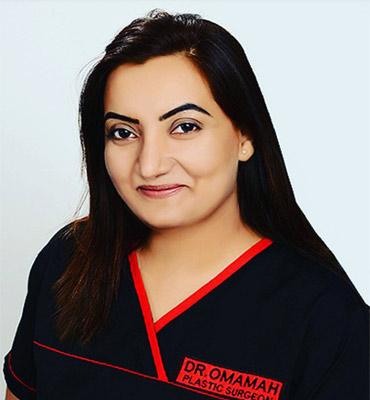Breast Augmentation Procedure
Incision Types
Pocket /Placement Types;
Decision about the right size of implant for you;
This decision is made upon your detailed consultation with your surgeon. The surgeon will take into account factors like;
Impact on pregnancy and breast feeding;
Breast implants have no effects on pregnancy or breast feeding. Pregnancy leads to breast enlargement and you may notice some breast tissue loosening after childbirth or when you stop breast feeding but generally breast augmentation does not affect pregnancy or breast feeding in any harmful way.
Longevity of Breast Implants;
Today’sfifth generation breast implants are way more safer and long lasting than the ones used before. However, like any prosthetic medical device, they can fail overtime and may require removal or replacement. This usually is after many years. The implants used at our clinic are of the highest quality and come with many years life. Depending on your age and breast tissue condition at the time of surgery, you may or may not need at least one reoperation in your lifetime.
Longevity of Breast Implants;
A well reputed surgeon with years of experience and a track record of delivering excellent results will obviously cost more than someone who perform this surgery less frequently with less optimal results.
Clinic or Hospital chosen for surgery;
The cost also depends on the clinic or hospital chosen for surgery, the level of nursing care and anesthesia expertise. High quality services obviously cost more but make the whole surgical experience smooth with a quick uneventful recovery.
Risk and Complications;
As with any other surgical procedure, there are risks due to anesthesia or due to surgery. You should keep in mind that the higher the experience and expertise of the surgeon and better the level of anesthesia and nursing care, the lesser is the possibility of any risk, or complications. Some rules to know about are;
Recovery and Downtime;
Breast augmentation is usually a daycare procedure but sometimes an overnight stay may be required. Usually patients are back to light work within a week. Heavy exercises are avoided for two to three weeks.

